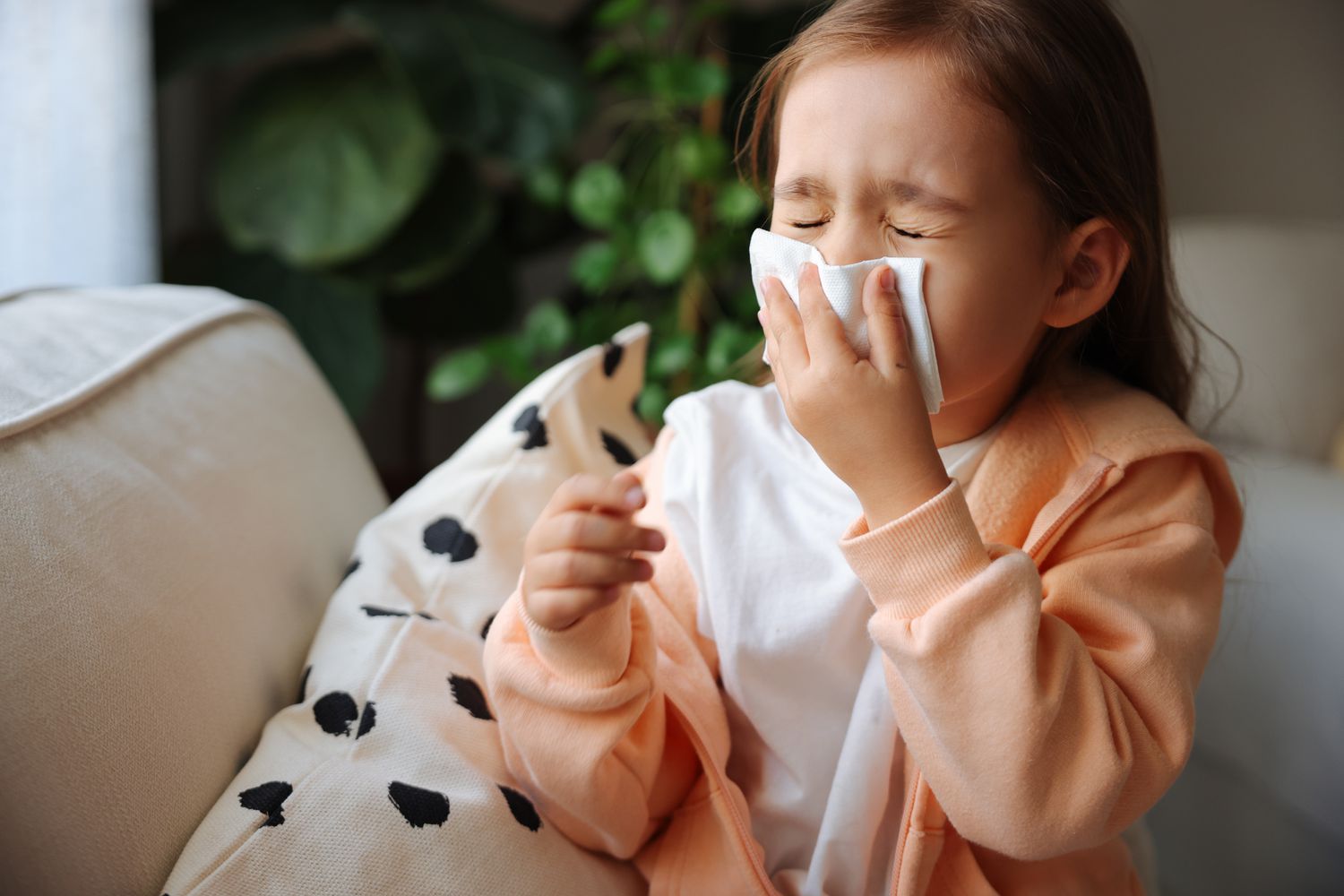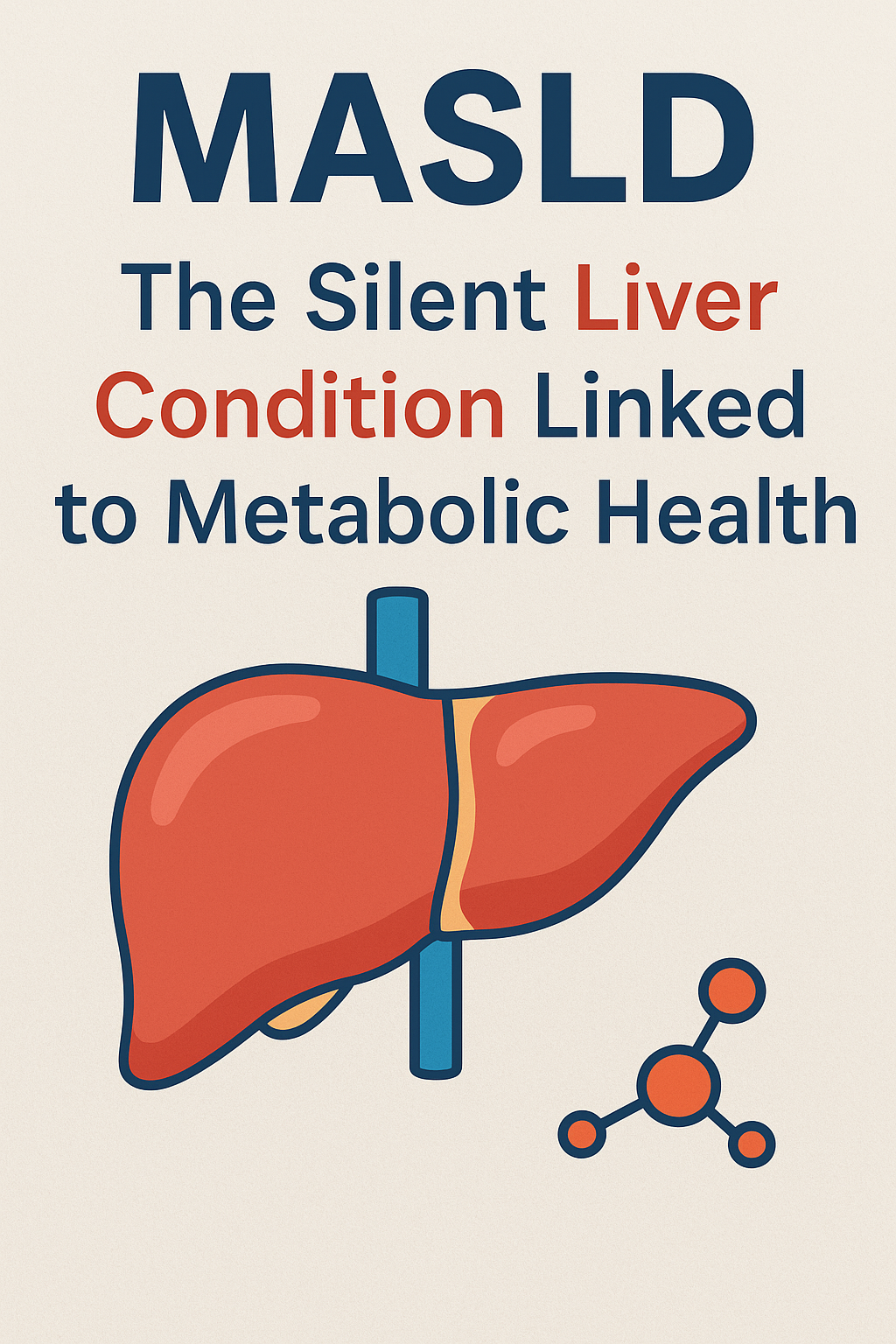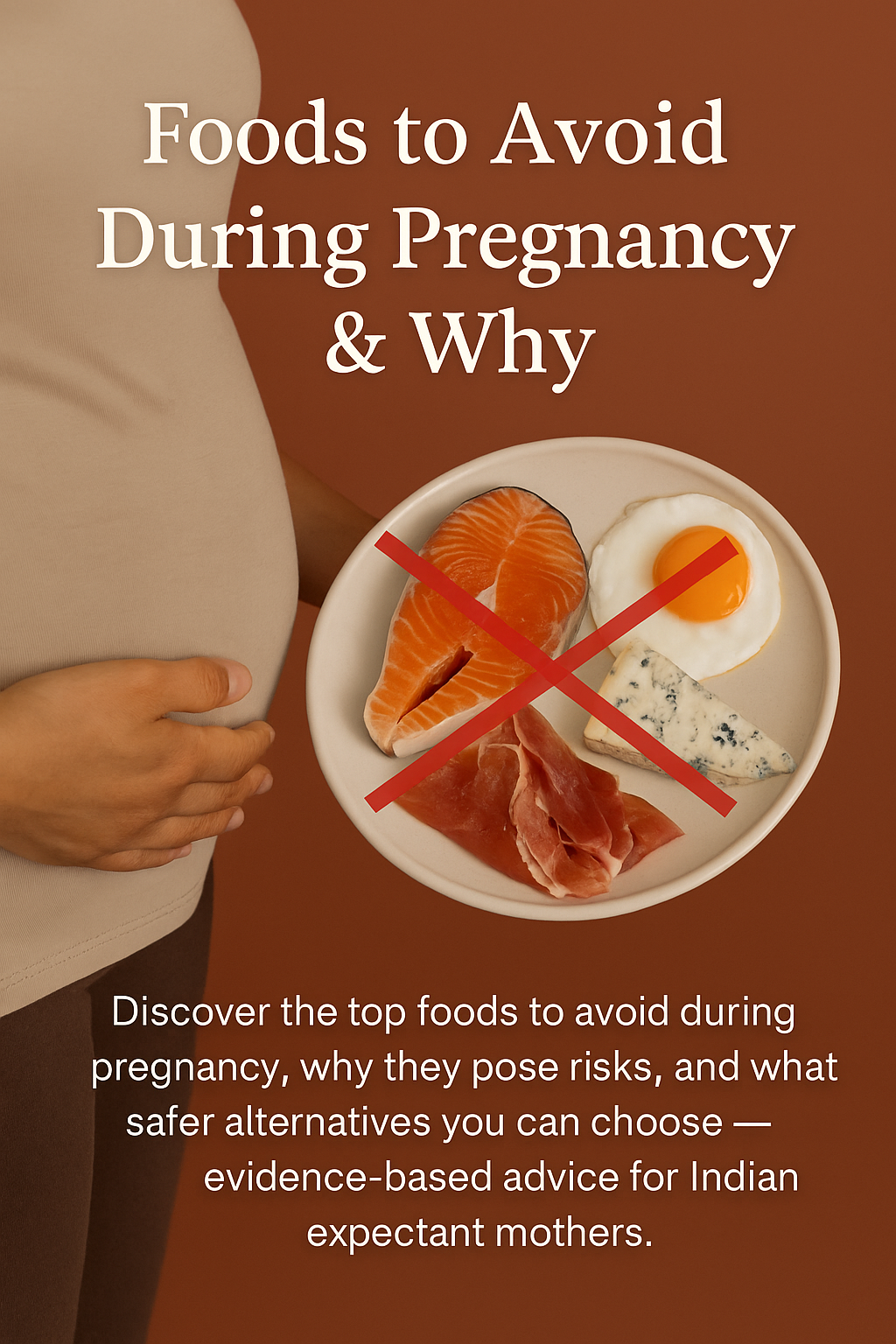In recent years, the number of children suffering from allergies has increased significantly. Whether it’s a food allergy, seasonal allergies, or allergic reactions to pets, dust, or mold, the rise in allergic conditions among children has become a growing concern for parents and healthcare providers alike. This blog post explores the causes of rising allergies in children, the types of allergies they commonly experience, and steps you can take to manage and prevent them.
Causes of Rising Allergies in Children
-
Environmental Changes
One of the most significant factors contributing to the rise in allergies is environmental change. As urbanization increases, so does pollution. Air pollution, especially in cities, can exacerbate asthma and seasonal allergies. Pollutants such as particulate matter, nitrogen dioxide, and ozone can irritate the airways, leading to allergic reactions in children. -
Changes in Diet and Hygiene
The modern Western lifestyle, characterized by diets high in processed foods and lower levels of physical activity, has also contributed to the rise in allergies. Additionally, the hygiene hypothesis suggests that as children grow up in cleaner, more sanitized environments, their immune systems are less likely to develop properly. A lack of early exposure to bacteria, viruses, and other microbes may increase the likelihood of developing allergic conditions. -
Genetics
Genetics also play a major role in the development of allergies. If a child’s parents or close relatives suffer from allergies, they are at a higher risk of developing them as well. -
Climate Change
Climate change, especially rising temperatures, is affecting ecosystems and altering allergen patterns. Air pollution can increase pollen’s allergenic potential, worsening allergies. While genetics play a role in asthma, environmental changes and urban pollution, mainly from vehicles, are major contributors to its rise.
Common Types of Allergies in Children
-
Food Allergies
Food allergies are among the most common allergies affecting children. The most common allergens include peanuts, tree nuts, milk, eggs, soy, wheat, fish, and shellfish. -
Seasonal Allergies (Hay Fever)
Children with seasonal allergies typically experience symptoms such as sneezing, a runny nose, itchy eyes, and congestion during certain times of the year. This is often due to exposure to pollen from trees, grasses, and weeds. -
Pet Allergies
Many children are allergic to animals, especially cats and dogs. The allergen in pet dander can cause reactions like sneezing, itching, and wheezing. -
Dust Mite and Mold Allergies
Dust mites and mold thrive in humid environments, and children living in damp homes may be at a higher risk for these allergies. Mold can be found in bathrooms, kitchens, and basements, while dust mites are commonly present in bedding, carpets, and upholstered furniture.
What to Do About Allergies in Children
-
Consult an Allergist
The first step in managing allergies is to consult with a healthcare provider or allergist. They can help identify specific allergens through skin or blood tests and recommend appropriate treatments. -
Avoid Known Triggers
Avoiding allergens is the best way to prevent allergic reactions. For example, if your child has a peanut allergy, be cautious of foods that may contain traces of peanuts. If your child is allergic to pollen, limit outdoor activities during high pollen seasons and keep windows closed. -
Use Medications as Prescribed
Medications such as antihistamines, decongestants, and corticosteroids can help alleviate allergy symptoms. In more severe cases, an allergist may recommend an epinephrine injection for children with life-threatening food allergies. Always follow the advice of your doctor and administer medications as prescribed. -
Create a Clean, Allergen-Free Environment
Reducing indoor allergens can help alleviate symptoms. Regular cleaning to remove dust, using air purifiers, and keeping pets out of bedrooms can significantly reduce allergens in the home. In cases of mold allergies, it’s important to fix any water leaks and reduce moisture levels in your home. -
Consider Allergy Shots (Immunotherapy)
Allergy shots, also known as immunotherapy, are a long-term treatment option for children with severe allergies. These shots gradually desensitize the immune system to specific allergens and can be very effective for managing allergies over time. Immunotherapy is typically recommended for children with persistent allergies that don’t respond well to other treatments.
Conclusion
The rising number of allergies in children is a complex issue with multiple contributing factors, including environmental changes, diet, genetics, and climate change. While allergies can be challenging, there are steps that parents can take to manage symptoms and improve their child’s quality of life. Identifying the allergen, avoiding triggers, and following a doctor’s recommendations can go a long way in reducing allergic reactions and keeping children safe.
References:
- de Lira-Quezada CE, González-Díaz SN, Cotera-de Lira AG, Macouzet-Sánchez C, Acuña-Ortega N, Guzman-Avilán RI, Macías-Weinmann A. The association of air pollution in respiratory allergy: Its impact in an industrial city. World Allergy Organ J. 2024 Jan 25;17(2):100867.
- D’Amato G, Bergmann KC, Cecchi L, Annesi-Maesano I, Sanduzzi A, Liccardi G, Vitale C, Stanziola A, D’Amato M. Climate change and air pollution: Effects on pollen allergy and other allergic respiratory diseases. Allergo J Int. 2014;23(1):17-23.
- Ozdemir C, Kucuksezer UC, Ogulur I, Pat Y, Yazici D, Ardicli S, Akdis M, Nadeau K, Akdis CA. Lifestyle Changes and Industrialization in the Development of Allergic Diseases. Curr Allergy Asthma Rep. 2024 Jul;24(7):331-345.
- Strachan, D. P. (1989). Hay fever, hygiene, and household size. BMJ, 299(6710), 1259–1260.
- Holloway JW, Yang IA, Holgate ST. Genetics of allergic disease. J Allergy Clin Immunol. 2010 Feb;125(2 Suppl 2):S81-94. doi: 10.1016/j.jaci.2009.10.071. PMID: 20176270.







